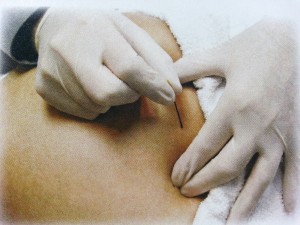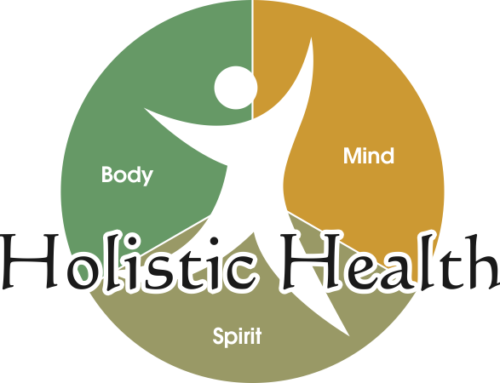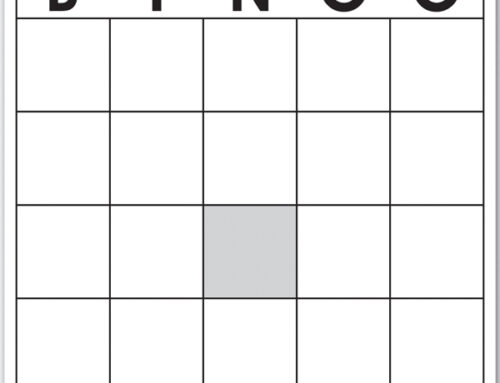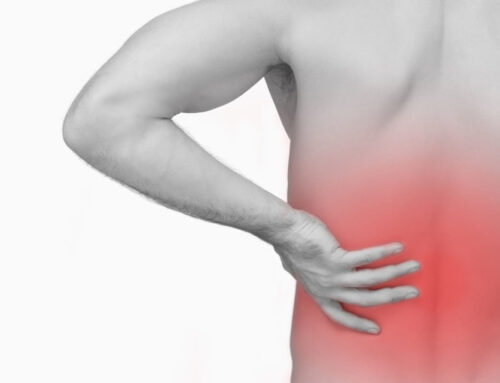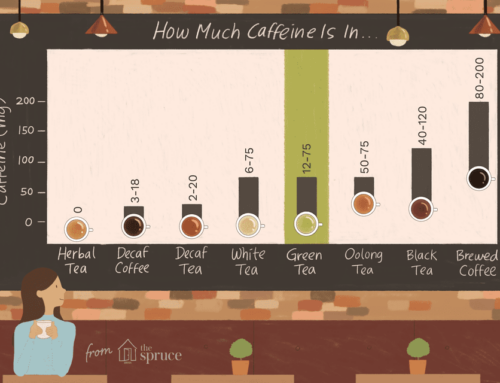What is Dry Needling? Dry needling (DN) is the placement of a very small needle directly into a muscle trigger point (frequently known as a “knot”.) This causes the trigger point to release, thus allowing for improved range-of-motion, increased stretch and decreased pain. For more details:
http://www.thehealthjournals.com/2012/04/dry-needling-targeting-muscle-pain/
http://en.wikipedia.org/wiki/Dry_needling
Who can benefit from Dry Needling?
New/ Acute Pain Chronic Pain Fibromyalgia
Muscle Pain/ Strain Athletes Difficulty Swallowing
Headaches Musicians Frozen Shoulder
Joint pain
What should I expect? Each patient will receive a thorough physical therapy examination with recommendations of stretches and strengthening as needed. To receive dry needling, the patient will be laying down and positioned to allow maximal relaxation to the involved muscles. Based on the findings of the examination, the patient may receive needling to one or multiple muscles. After the needling, the patient may receive any or all of the following: hot pack, stretching, mediation/ “active relaxation.”
Is Dry Needling new? Muscle pain was first described in the literature in the late 1600s (Guillaume de Baillou, Thomas Sydenham.) Muscle pain referring to other places in the body was 1st documented by John Kellgren in 1936. Dry Needling has been common by physical therapists in many international countries for many years and has been done by PTs in the United States since 1997. The State of Nebraska passed legislation to allow dry needling in 2012.
What does the research say? Research has been supportive of dry needling for many reasons: notably faster improvement and minimal-no side effects. The Myopain Group lists an impressive amount of research- impressive by both size and currency. Please check-out their website for up-to-date information: http://www.myopainseminars.com/resources/.

